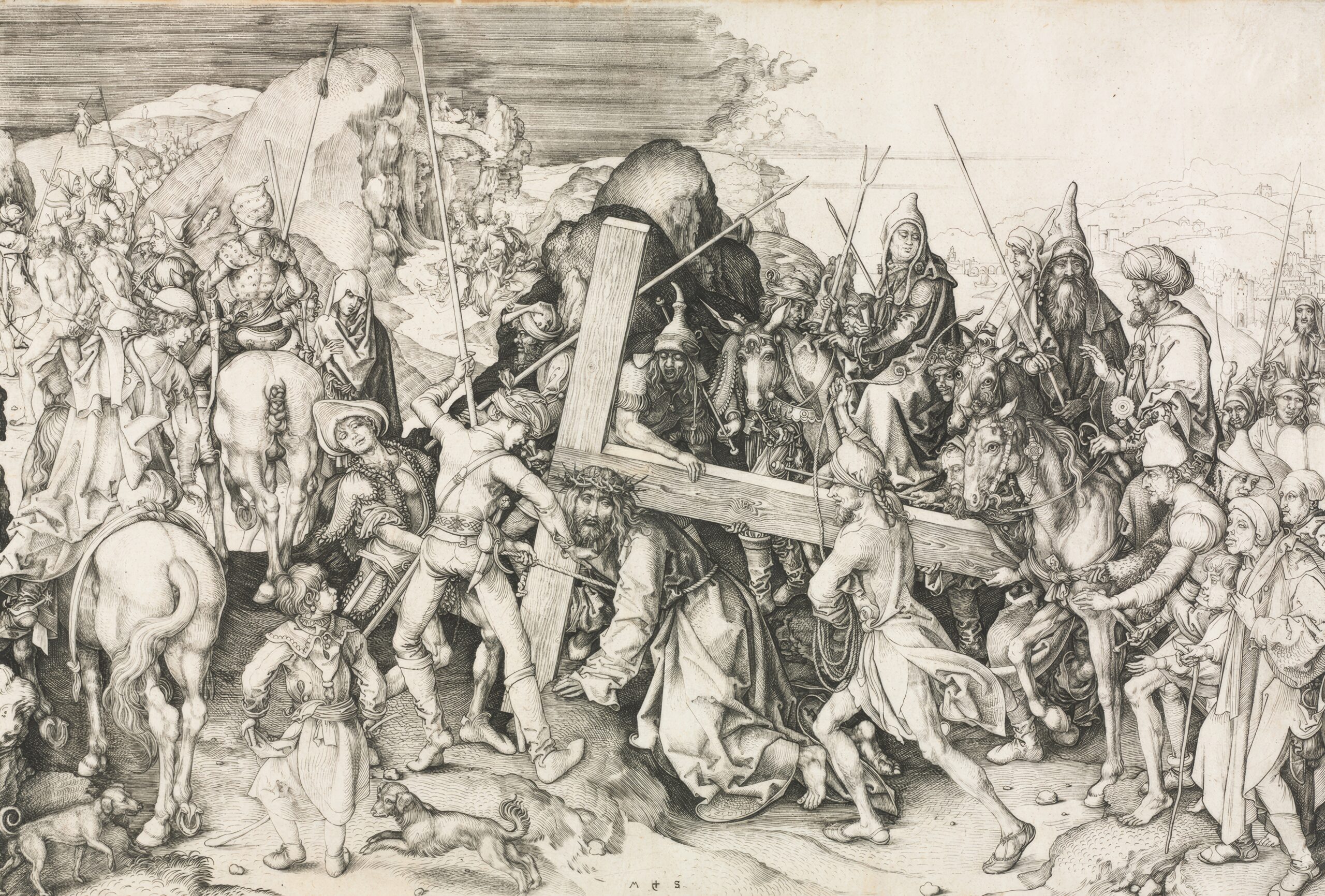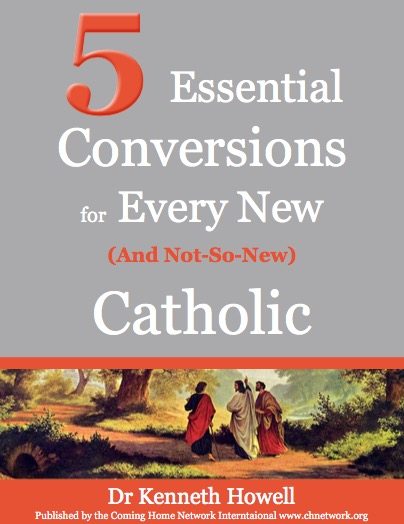
If you meander into a Catholic parish on a Lenten Friday evening, you are likely to find the faithful engaged in somber prayer through the Stations of the Cross, which recalls with “mindful affection” the final steps of the journey Jesus walked in His earthly life—from His condemnation to His burial in the tomb.
This practice began centuries ago as pilgrims retraced the path Christ walked through Jerusalem on the Via Dolorosa. The devotion in its current form dates back to the 16th century, though some form of the Way of the Cross can be traced back to the Middle Ages. (Archaeological evidence of earlier veneration of various “stations” in Jerusalem by the faithful dates as far back as the second century!) The attraction pilgrims felt toward these sacred sites inspired a desire to replicate them closer to home, and thus the devotion began to spread outside of Jerusalem, encouraged by the popes through the 17th and 18th centuries. While there have been minor variations of those traditional stations throughout the years, in 1991, Pope St. John Paul II introduced an alternative to the 14 traditional Stations based entirely on Scriptural references.
Both the Scriptural Stations and the traditional Way of the Cross invite the faithful to contemplate the passion and death of our Lord, to fully enter into the journey of his final moments. In doing so, we unite ourselves with the Lord in His suffering, remembering the gift of His sacrificial love for us and growing in trust that His promises of mercy and redemption will be fulfilled.







